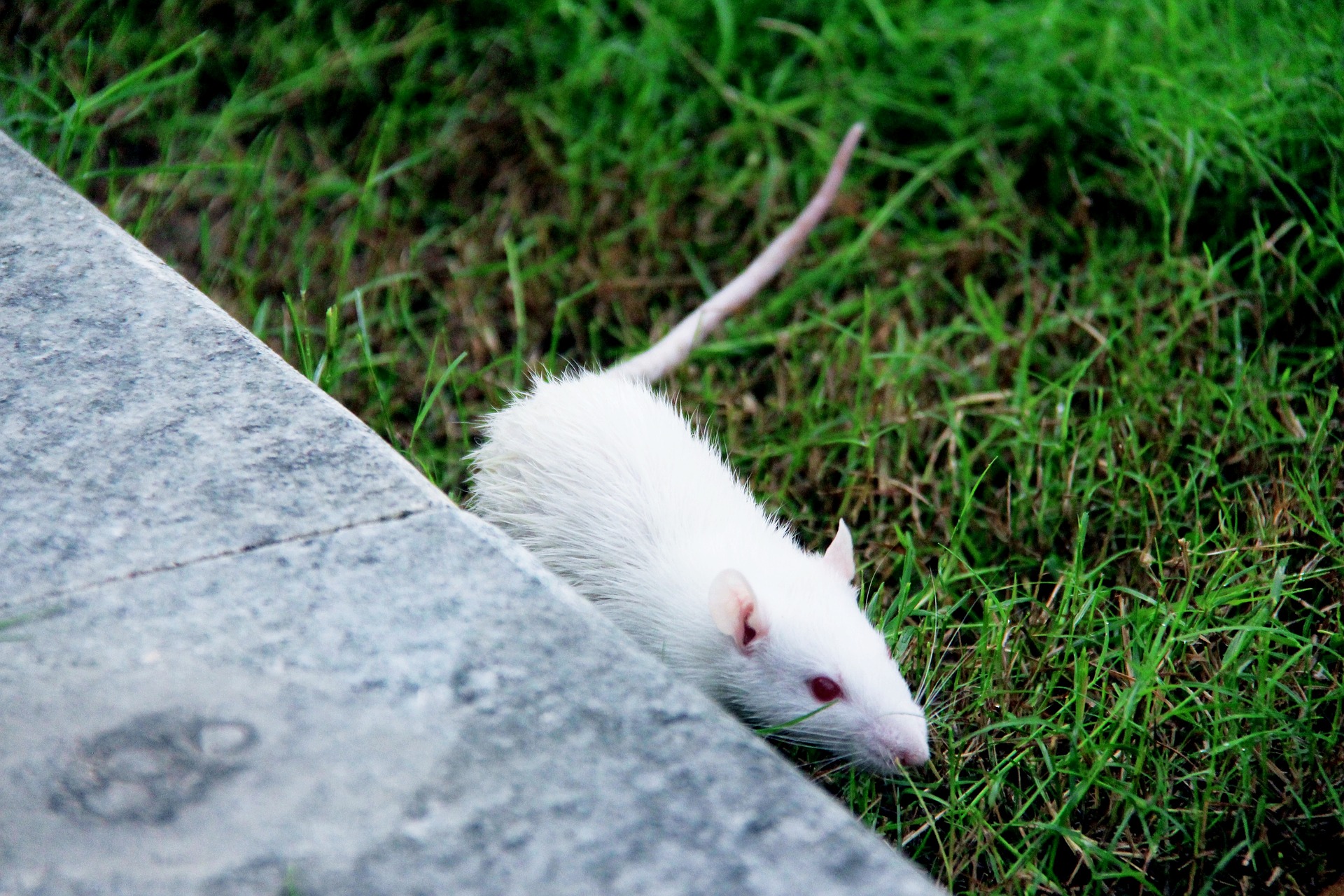Science & Tech
Study: Rats Display Harm Aversion and Empathy Towards Their Neighbors, Just Like Humans Do

(TMU) — According to a new paper published in Current Biology, a team of neuroscientists from the Netherlands Institute for Neuroscience (NIN) found that male and female rats show harm aversion, a trait more commonly associated with humans.
Researchers previously found that harm aversion depends on the same brain region associated with empathy in humans. This indicates that harm aversion is deeply ingrained in human biology, and paves the way to future work on increasing harm aversion in psychiatric conditions, according to Phys.org.
Scientists gave rats a choice to press two levers so they could receive sucrose pellets.
After the rats had formed an inclination for one of the two levers, the scientists rewired the delivery system so that pressing the preferred lever also delivered an unpleasant electric stimulation to the floor of other rats. The shocked next-door-neighbors reacted by squeaking in protest.
According to the study, the rats stopped using their favorite lever as soon as they learned that obtaining the pelts meant hurting their neighbor. This was true whether the neighbor was a rat they had shared their home cage with or a total stranger.
“Much like humans, rats thus actually find it aversive to cause harm to others,” Dr. Julen Hernandez-Lallement, author of the study said.
Researchers further explored whether there was a relationship between harm aversion in rats and humans by observing the rat’s brains. In humans, functional magnetic resonance imaging (fMRI) experiments show that the anterior cingulate cortex, a region between the two hemispheres of the brain, ignites when humans empathize with the pain of each other. Researchers had previously shown that the same region in rat brains contains emotional mirror neurons—neurons that map the witnessed pain of another rat onto the witness’ own pain neurons.
The scientists then reduced brain activity in the same region in the rat by injecting an anesthetic and observed that rats suddenly stopped avoiding harming each other.
“That humans and rats use the same brain region to prevent harm to others is striking. It shows that the moral motivation that keeps us from harming our fellow humans is evolutionary old, deeply ingrained in the biology of our brain and shared with other animals,” said Dr. Valeria Gazzola.
Are rats sentient and do they care about other rats? According to the researchers, we don’t know if rats had a selfish or altruistic motivation.
“Perhaps a rat stops pressing the harmful lever because it doesn’t like to hear another rat squeak—just as we do not like to hear a crying baby on a transatlantic flight. Perhaps they do so because they really feel sorry for their neighbor. We don’t know whether our rats had a selfish or altruistic motivation. But I would argue that we don’t always know the motives behind the good deeds of humans either,” adds Prof. Christian Keysers, group leader at the NIN. “Whatever the motive, that we share a mechanism that prevents antisocial behavior with rats is extremely exciting to me. We can now use all the powerful tools of brain science to explore how to increase harm aversion in antisocial patients.”
It is suggested that only humans have moral sentiments, while animals are selfish. However, this study and stories like this one out of Australia where Wombats dug a waterhole for thirsty animals displaced by the fires, prove that to be false.
Animals have been increasingly recognized as sentient over the years in countries like New Zealand, France, Quebec, Austria, Australia, and Egypt.
Other studies have expressed that animals are able to experience physical and psychological pain similar to humans. As a result, some countries even forbid various forms of animal testing declaring experimentation on our furry friends illegal and punishable by prison time and fines.
By Aaron Kesel | Creative Commons | TheMindUnleashed.com
Typos, corrections and/or news tips? Email us at Contact@TheMindUnleashed.com
